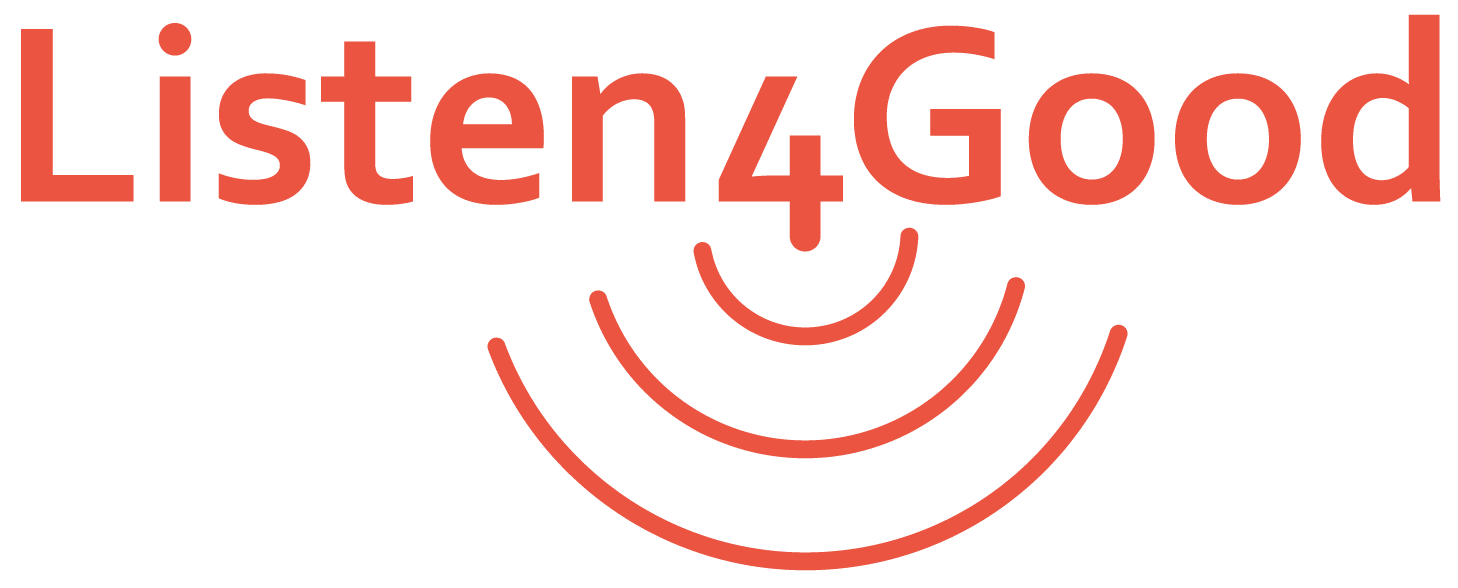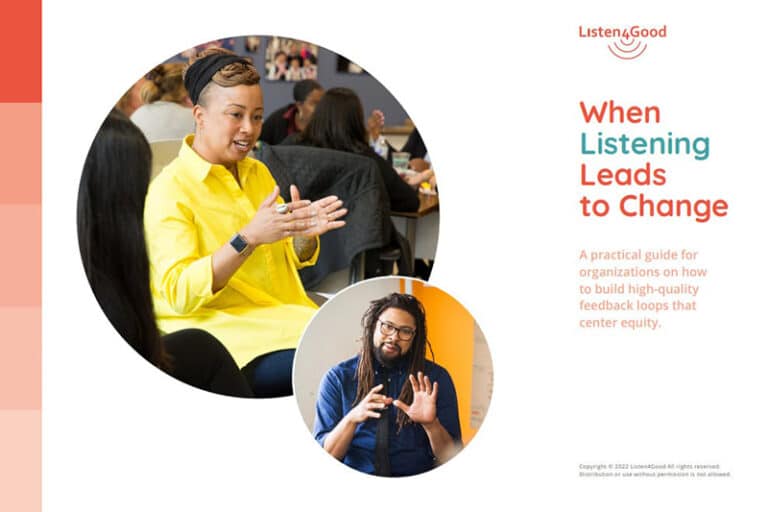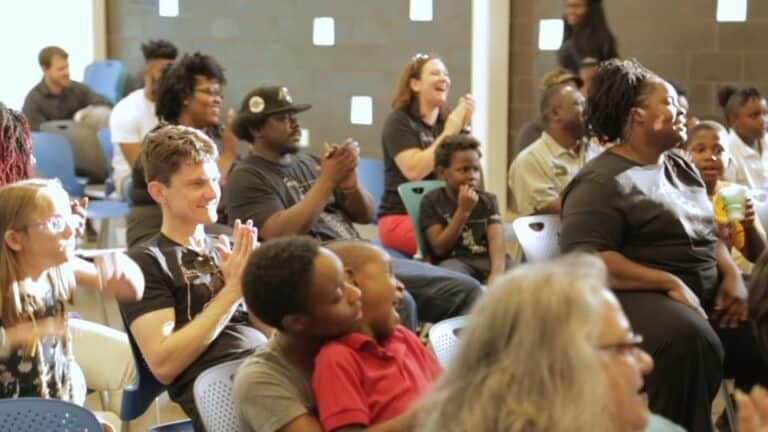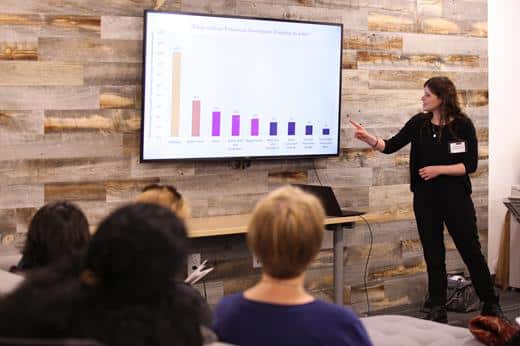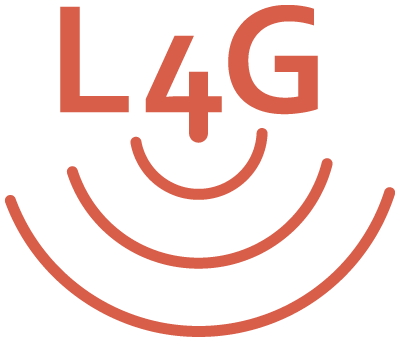Listen4Good Best Practices Guide
Our aim at Listen4Good is to give social sector organizations the tools and resources to listen and respond to their clients’ needs and experiences through high-quality, sustainable feedback loops. We believe high-quality feedback practices can provide an effective vehicle for getting actionable data to shape strategy, prioritization decisions and tell the story of your work….
